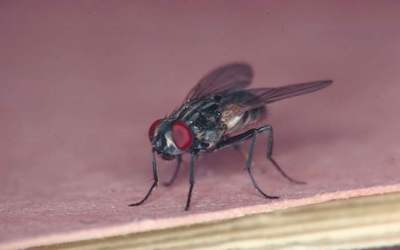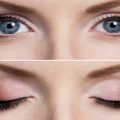墨尔本PTE – PTE考生目前最大的问题之一就是练习题缺乏。除了有限的基本官方书(PLUS,Testbuilder, OG)之外就没有题了。很多英语基础不是很扎实的同学很难找到练习材料。悉尼文波雅思PTE培训学校专门为澳洲,尤其是悉尼、墨尔本的PTE考生准备了适合PTE听力阅读练习的科学60秒。各位PTE同学可以练习PTE听力中的summarise spoken text和PTE口语中的retell lecture,练习记笔记技巧和复述。
听力内容:
60秒科学节目(SSS)是科学美国人网站的一套广播栏目,英文名称:Scientific American – 60 Second Science,节目内容以科学报道为主,节目仅一分钟的时间,主要对当今的科学技术新发展作以简明、通俗的介绍,对于科学的发展如何影响人们的生活环境、健康状况及科学技术,提供了大量简明易懂的阐释。
This is Scientific American — 60-Second Science. I’mChristopher Intagliata.
As soon as a person dies, decomposition begins. And the first visitors arrive. “Within five to 15 minutes of death, blowflies or other insects begin tocolonize the body.” Rabi Musah, an organicchemist at the University at Albany.
She says different species turn up at different stages of decomposition. “So because of that, depending upon what entomological evidence you find, you can learn something about whenthe person died in terms of the timing of the death.”
Flies don’t tend to stick around when disturbed—by detectives, for example. But they doleave behind eggs. The eggs are hard to tell apart by appearance alone, so forensicentomologists rear them until they hatch, a few weeks later—and they get a species ID and, with a little guesswork, a person’s time of death.
But Musah has come up with a less time–intensive approach: chemical analysis of the eggs. She and her team investigated that method by first harvesting flies with pig–liver traps stashedthroughout New York City. “So it turns out that it’s easy to hide pig livers in various parts ofManhattan. There’s a lot of foliage and whatnot, they are easy to hide, so no one knew.”
They collected the trapped flies and then chemically analyzed their eggs. And it turns out eachspecies of fly egg has a unique chemical fingerprint—enough to tell the bugs apart withoutraising the eggs to maturity. And in a useful twist, the technique uses eggs preserved inalcohol—eggs that wouldn’t be viable for rearing live insects anyway. The study is in thejournal Analytical Chemistry.
Musah and her colleague Jennifer Rosati are now testing the method on a real case. “And oncewe do that we will be publishing some case studies to illustrate that this is a method that canbe used, and hopefully eventually it’s something that will stand up in court.”
And something that could speed up detective work—or help revive a cold case.
Thanks for listening for Scientific American — 60-Second Science Science. I’m ChristopherIntagliata.
墨尔本PTE – 墨尔本悉尼霍巴特文波PTE原创首发
更多精彩请持续关注微信wenbo_tv4。






文本不能复制粘贴吗
是的,不可以。